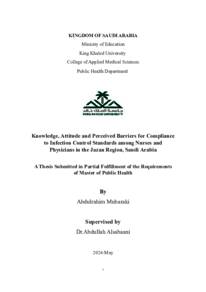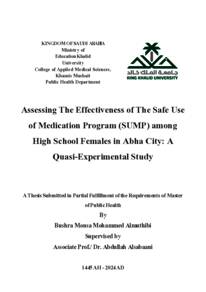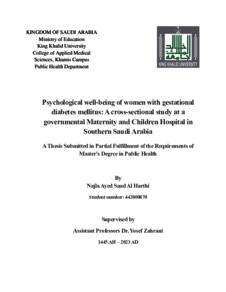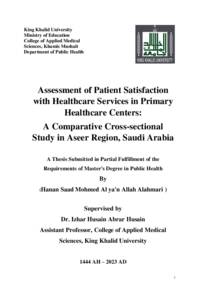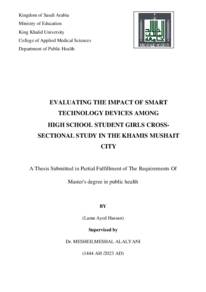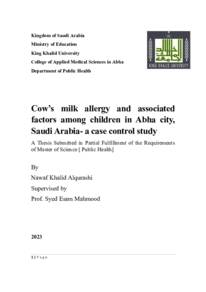الخصائص الوبائية لداء الليشمانيات الجلدي CLوعوامل الخطر المرتبطة به في منطقة عسير في جنوب غرب المملكة العربية السعودية
Cutaneous leishmaniasis (CL) remains a neglected tropical disease in Saudi Arabia, particularly in the Asir region, where drug resistance complicates treatment. This study explores factors associated with CL infection, revealing gender-based differences, with males exhibiting a higher incidence. Geographical distribution indicates non-uniformity in CL cases. Housing characteristics, including floor level and structural integrity, show associations with CL risk. Behavioral factors, such as the use of protective measures and insecticides, play a crucial role. The presence of stray animals, livestock, and gardens around homes is significantly associated with CL risk. Vector control activities and public awareness are identified as protective factors. The findings emphasize the complex interplay of sociodemographic, environmental, and behavioral factors influencing CL transmission in the Asir region. Targeted interventions, including vector control, education, and environmental management, are crucial for mitigating CL risk. Further research is warranted to explore nuanced interactions among these factors and their specific roles in CL dynamics
